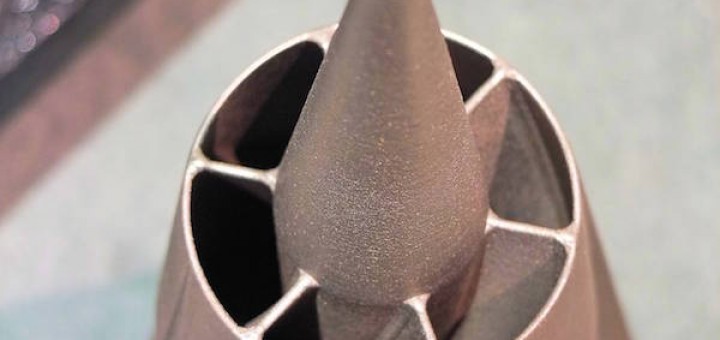A big announcement was made recently at the Additive Manufacturing Conference in Cecimo Italy by Prima Power CEO Ezio Basso. It turns out that Prima Industry, an offshoot of multinational construction machine developer Prima Industrie, is exploring the large-scale metal 3D printing market. With more and more 3D printing innovators focusing on large scale projects like building houses or public works projects like bridges, it makes sense that this would be a good market for Italy-based Prima Power.
The company’s goal would be to manufacture complex and large metal parts using a powder-based deposition 3D printing method. And they would want to print them fast, 3D printing 2000 cm3 of materials every single hour. Very ambitious goals for sure, but it looks like they have the funding (€8 million promised by investors over a period of three years) to dig into new technological possibilities. The project is set to be a collaboration called the Borealis project and it will be funded partly by European funds, including the following investors: Siemens, the Polytechnical University of Turin, GE Avio, the German Fraunhofer Institutes, and Dutch research organization TNO.
The Borealis Project is all on board with sustainable production and that is one of its main goals. Basso explains, ‘We believe that sustainable production is one of the business drivers, with laser technology being a key enabler of sustainable technological growth.”
Together, the Borealis team wants to develop technology that combines five standard 3D printing techniques into one metal additive manufacturing machine. The seed of this breakthrough machine will be a portal attached to a hexapod head with several different nozzles. This will, hopefully, allow the machine to process 2000 cm3 of materials in an hour, with room for quick interval material swaps. Basso says, “We want to prove that we can overcome the current limitations of 3D printing technologies that use metal components.”
The basic setup will be complimented by a special software that is programmed to correct production errors and optimize material and energy use. So far, the team hasn’t reached their ambitious goals. At the moment they are at a point in the development of the technology where they can print metal parts at a maximum size of 1500 mm in length at about 300 grams per hour and more compact components at up to 700 grams per hour. At this point Basso and his Borealis team would love to reach a smaller goal of printing parts up to 200 mm in length at a rate of 2 kilograms per hour.
One thing is certain, the team is hard at work and expect to produce breakthrough results in the near future. “We as Prima Industry want to make a decision about getting into the 3D printing market by the middle of 2016. By that time, the technology should have progressed a long way,” CEO Basso says. By that time, they hope to have built a scale model. If they do decide to permanently throw their hat into the ring, we can expect a working prototype sometime in 2019.



